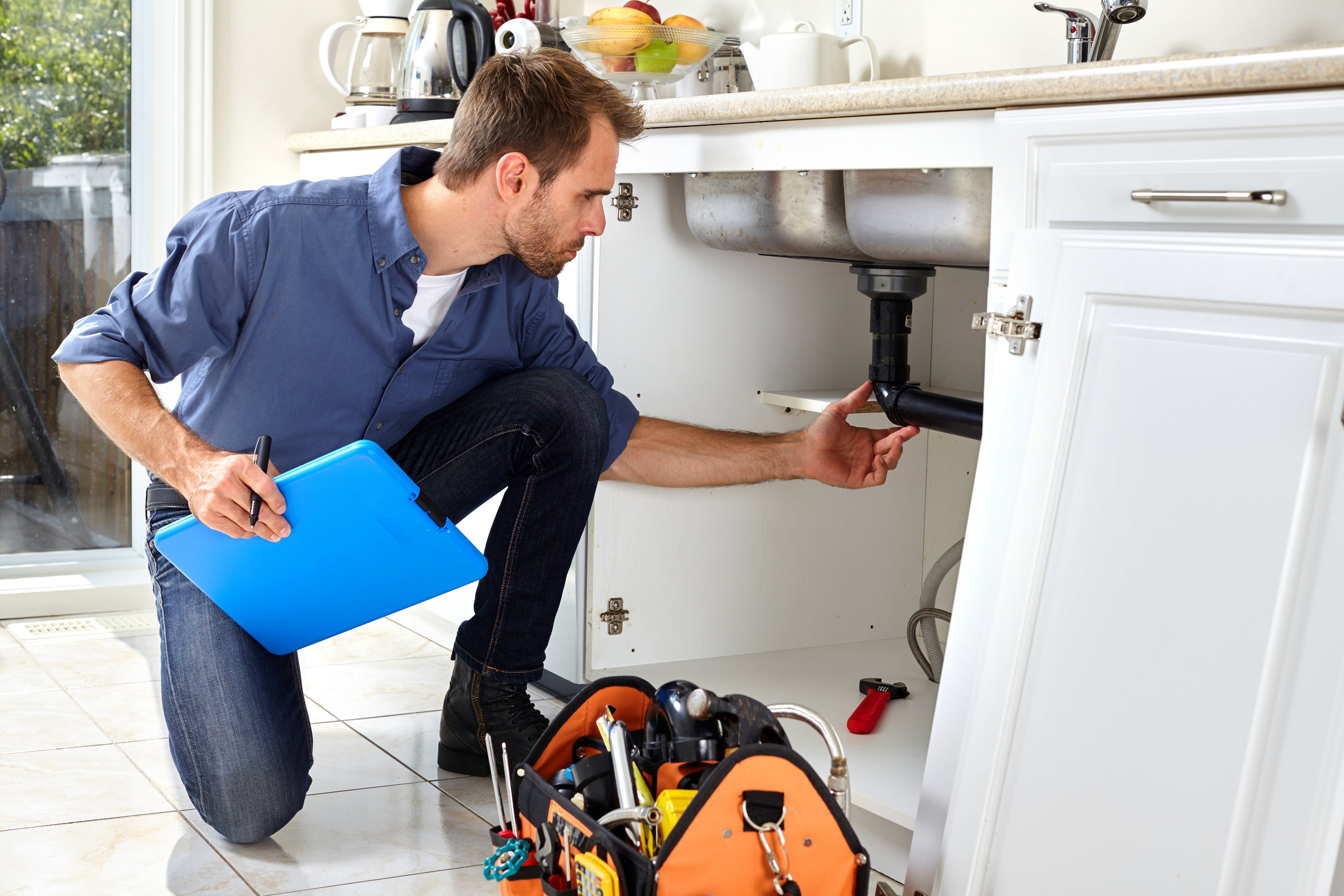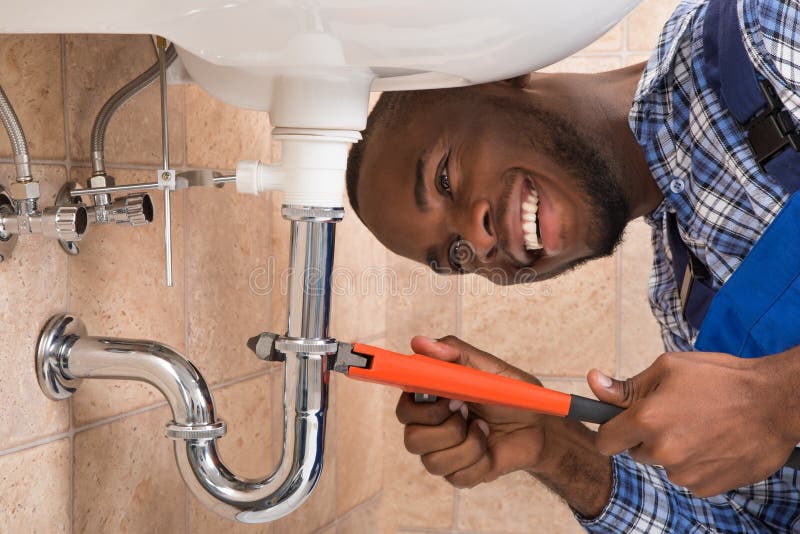Reliable Plumber Alabaster AL for All Your Emergency Needs
Reliable Plumber Alabaster AL for All Your Emergency Needs
Blog Article
A Detailed Guide to Reliable Water Heating System Installation for Optimal Efficiency
Embarking on the task of setting up a hot water heater is an endeavor that demands accuracy and a systematic strategy for attaining ideal efficiency. The procedure begins with the crucial decision of selecting the proper heating unit tailored to the certain needs of your home, thinking about elements such as dimension, type, and power resource. As soon as chosen, preparing the installment location to satisfy safety criteria is critical. Nonetheless, the trip does not end below. As you proceed, the details of linking water lines and establishing trustworthy electrical or gas connections wait for, encouraging understandings into making certain effectiveness and integrity.
Selecting the Right Hot Water Heater

Next, think about the size and capability of the water heater. It's vital to assess your family's warm water demands, which can vary based upon the variety of passengers and their use patterns. A system that's too little may cause inadequate warm water, while a large model might lead to unnecessary power intake.
Effectiveness scores additionally play a critical duty in choice. Try to find hot water heater with high Power Aspect (EF) scores, indicating exceptional efficiency and reduced energy usage. Tankless designs, though normally more expensive ahead of time, deal significant power cost savings in time because of their on-demand heating capacities.
Preparing the Installment Location
Prior to mounting a new water heater, meticulous prep work of the setup area is vital. It's critical to measure the area very carefully to suit the water heating system's measurements, making sure ample clearance around the system for effective procedure and maintenance.
Check the flooring for stability, as the water heater will certainly need a strong, level surface to run successfully. If needed, install a drip pan under the unit to capture possible leakages or spills, stopping water damages to the surrounding location.
Furthermore, ensure that all essential tools and products get on hand prior to commencing the installment. This includes things such as wrenches, screwdrivers, a degree, and any type of extra hardware needed for mounting and safeguarding the heating system. A well-prepared installment location sets the structure for a successful hot water heater setup, enhancing efficiency and safety and security.
Connecting Water Lines
When attaching water supply lines to your recently installed hot water heater, it is important to ensure that all connections are protected and leak-free to keep reliable procedure and stop water damage. Begin by determining the cold and hot water lines. The cool water inlet is typically marked with a blue label or a "C", while the warm water electrical outlet is marked with a red tag or an "H".
Use flexible water heating unit connectors to assist in a simpler installation process. These adapters can absorb vibration and permit for slight activity, decreasing the danger of leakages. Prior to attaching the adapters, place a plumbing's tape around the threaded ends of the hot water heater's inlet and electrical outlet pipes - Plumbing Alabaster AL. This tape serves as a sealant, avoiding leaks. Very carefully link the flexible hose pipes to the particular inlet and electrical outlet, making sure that they are not over-tightened but limited, which might damage the threads.
When links remain in location, gradually transform on the main water system valve. Inspect each link for leakages by aesthetically checking and feeling for moisture. Tighten up links as required, and make sure the pressure safety valve is properly mounted, safeguarding versus excessive stress build-up.
Establishing Electric or Gas Connections
Correctly establishing up the electric or gas links for your water heating unit is a vital step to make sure secure and reliable procedure. For electrical water heating units, begin by confirming that the electric circuit is suitable with the heater's voltage and amperage requirements.
For gas water heating units, security is extremely important. Link the gas line to the water heater using an adaptable gas adapter, ensuring it is appropriately threaded and sealed with pipeline joint substance or Teflon tape ideal for gas links.
As soon as connections are made, check for any prospective More Info leakages. For gas lines, apply a soapy water option to the joints; bubbles suggest a leak. For electrical connections, verify that all electrical wiring is protected and appropriately shielded, maintaining compliance with neighborhood electrical codes.
Changing and evaluating for Effectiveness
With the electric and gas connections firmly in area, the following step is assessing the functional performance of your water heating unit. Begin by very carefully transforming on the water supply and making certain there are no leaks at any of the shutoffs or joints.
Following, perform a comprehensive evaluation to ensure the heating components or burner are working appropriately. For electric heating systems, use a multimeter to validate if the components are attracting the proper existing. In gas versions, observe the burner fire; it should be blue and steady, indicating effective burning.
Change the setups as essential to remove ineffectiveness. Think about executing insulation steps, such as including a hot water heater blanket, to additionally boost efficiency by minimizing heat loss. In addition, examine the anode pole's condition, as a worn-out rod can minimize effectiveness and lead to container Get the facts deterioration.
Final Thought
Reliable water heating system setup is critical for making sure optimal efficiency and energy cost savings. Firmly attaching water supply lines and thoroughly setting up electrical or gas links decrease possible issues.

Effectively establishing up the electrical or gas links for your water heating system is a vital action to ensure secure and efficient procedure. For electrical water heaters, begin by verifying informative post that the electrical circuit is suitable with the heater's voltage and amperage needs. Attach the gas line to the water heater making use of a versatile gas port, ensuring it is properly threaded and sealed with pipe joint substance or Teflon tape ideal for gas links.
Report this page